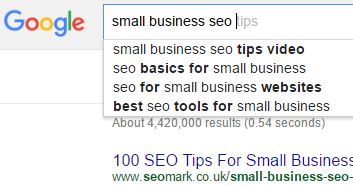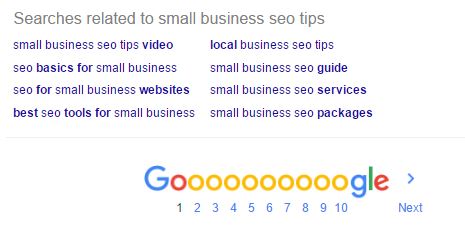Having your content appear prominently in search engines when people are looking for the product or services you provide is one of the most powerful marketing strategies available to businesses today. Search (and not social) is still the main driver of website traffic and is often where a potential customer will start their journey towards a prospective purchase.
Yet, such placement is not easy. You must first identify ideas that your potential customers search for and that also map to the products or services you provide. Only by ticking these two boxes will your content be relevant to your customer whilst demonstrating your expertise and convincing a percentage of those visitors to move along to the next step in your marketing funnel (a download and email newsletter or even better – a lead or sale).
And whilst there is no shortage of SEO packages, tips and tricks out there, there is no real way to show how you can best optimise your content to be SEO friendly and not be spammy at the same time!
3 Ways To Generate SEO-Friendly Content Ideas
To help you with this, the following are three tools that can help you identify the questions that people are asking on search engines. You can use this to put together a list of potential articles for you to create (or get a marketing agency or experienced writer to flesh out for you).
1. Answer The Public
This is my current favourite of all the idea generation tools out there. Much like other tools on this list, ATP uses Google search suggestions to provide a goldmine of suggestions around questions that people ask. The tool uses a seed search term that you suggest and then prefixes this with ‘where’, ‘which’, ‘who’, ‘what’, ‘when’, ‘why’, ‘how’ and ‘are’ to generate a series of questions.
These are then presented as questions, prepositions, and as an alphabetical list in a visual format that you can save and explore to give yourself a list of content ideas that will keep you busy from now till kingdom come!

2. Google suggestions
Sometimes you just have to go directly to the digital horse’s mouth and Google itself can provide a wealth of insights and ideas through the auto suggestions provided as you search and often at the bottom of the page. To utilise the power of these suggestions simply search around the main terms you believe your customers are looking for. Google will then provide suggestions in the search bar and at the bottom of the page.
If you are struggling for ideas take the seed search terms provided by AWP and then start to Google the ones that you feel are most relevant.
Suggestions from the search bar:

Suggestions at the bottom of the page:

You take all of these suggestions and just keep tapping them back in until you flesh out a list of ideas for future content pieces. A few strategies that we use for our clients are to utilise the kind of seed words like where, which, who, what, when, why, how and are before search terms, and even tapping in your main search term and then each letter of the alphabet to see what those suggestions look like.
It’s quite a rabbit hole, but an hour or so spent looking here will provide more ideas than you can cope with so get stuck in.
3. Ubersuggest & KeywordTool.io
These two tools are pretty similar but will again give you the really comprehensive overview of all the potential search suggestions around a given search term. Simply enter your search term and sift through the results to see what else jumps out at you.
Putting Ideas Into Practice
I like to use all these tools interchangeably to help flesh out a list of potential articles. We then will start to research our ideas and determine which ones we think have the most potential to succeed. Often we are looking for a question where there are no great answers or the posts are out of date or could just be easily improved. If we find something like that then it is as close to a content marketing sure thing as you will ever get.
You can also run your ideas through the Google Keyword Planner in Adwords and get some ideas of volumes, but this tool is not perfect so keep that in mind.
Then, when you have a list you are happy with you will want to put this all into a content calendar. This is essential to ensure you commit to a publishing schedule.
References
- http://answerthepublic.com/
- https://www.google.co.uk/ – I am guessing you know how to find this one but… 🙂
- https://ubersuggest.io/
- http://keywordtool.io/
- Content Calendar – Free Template






